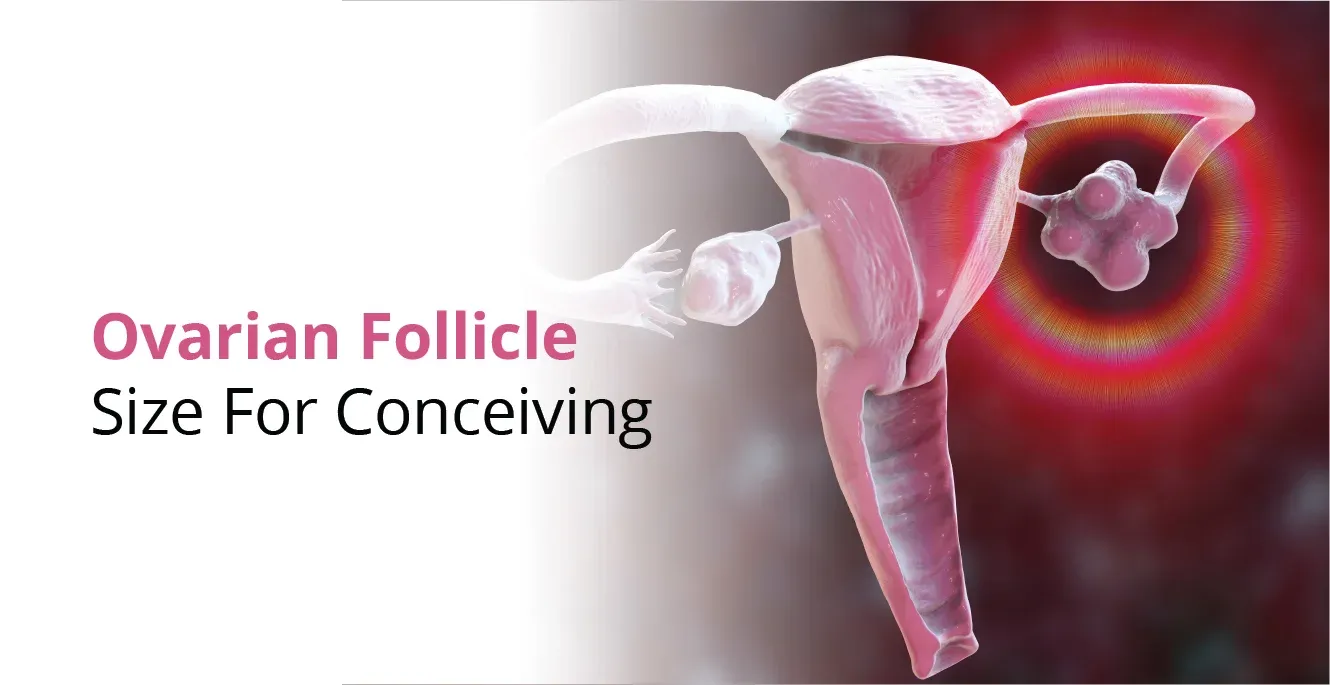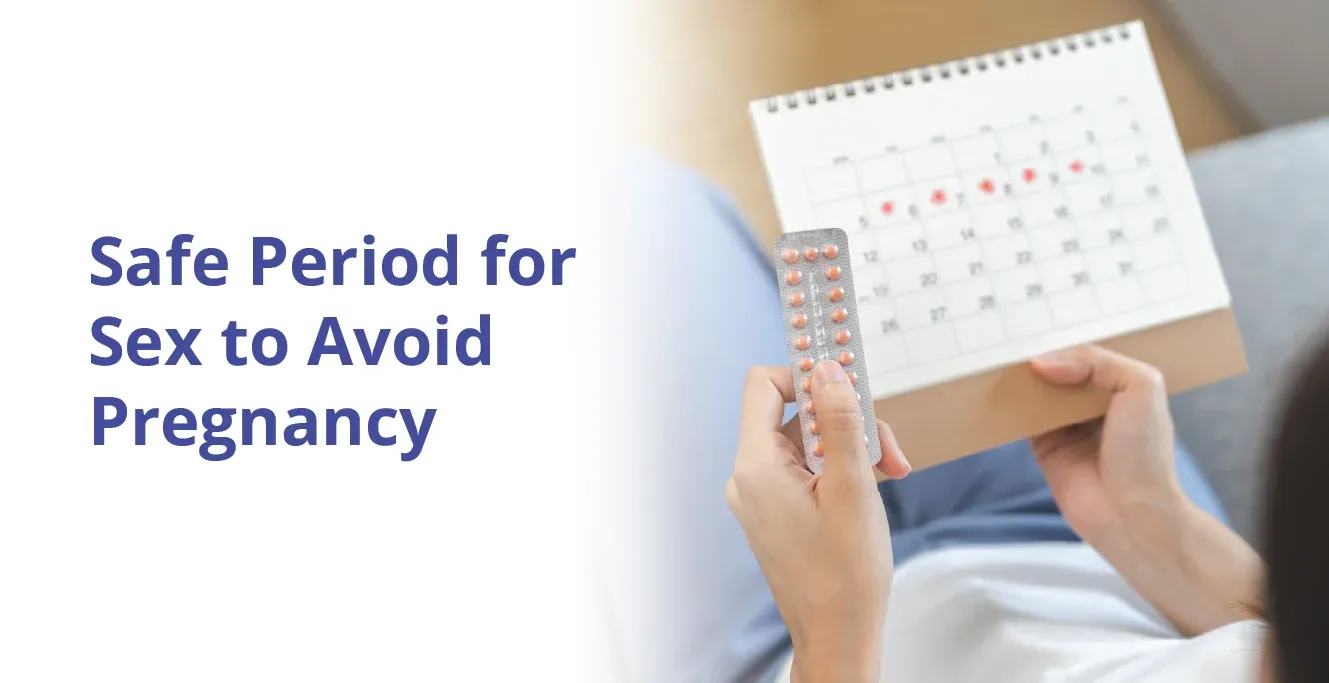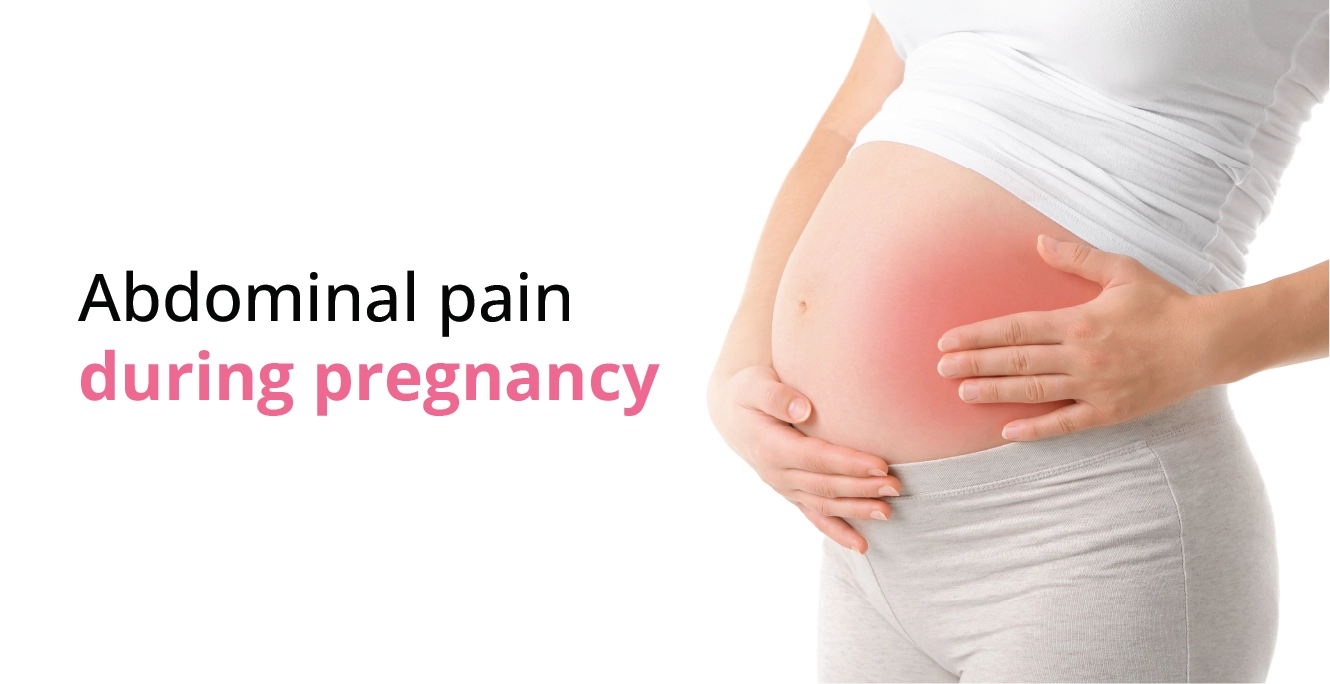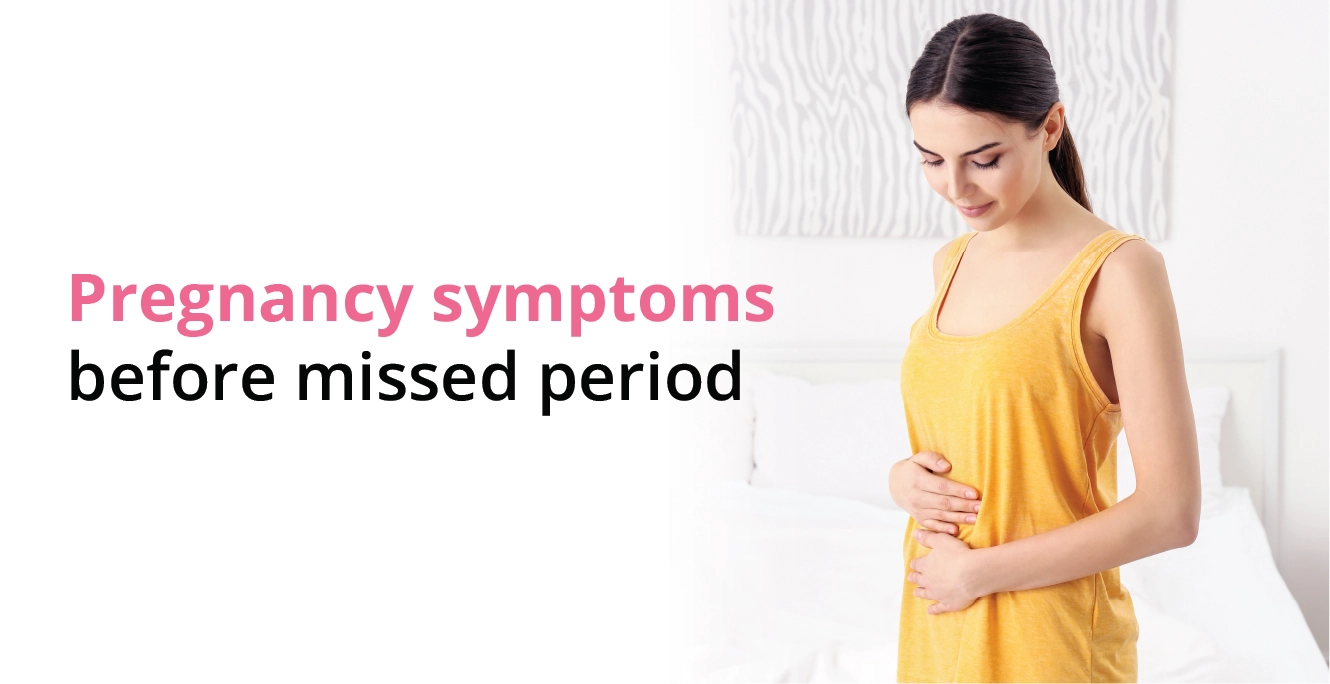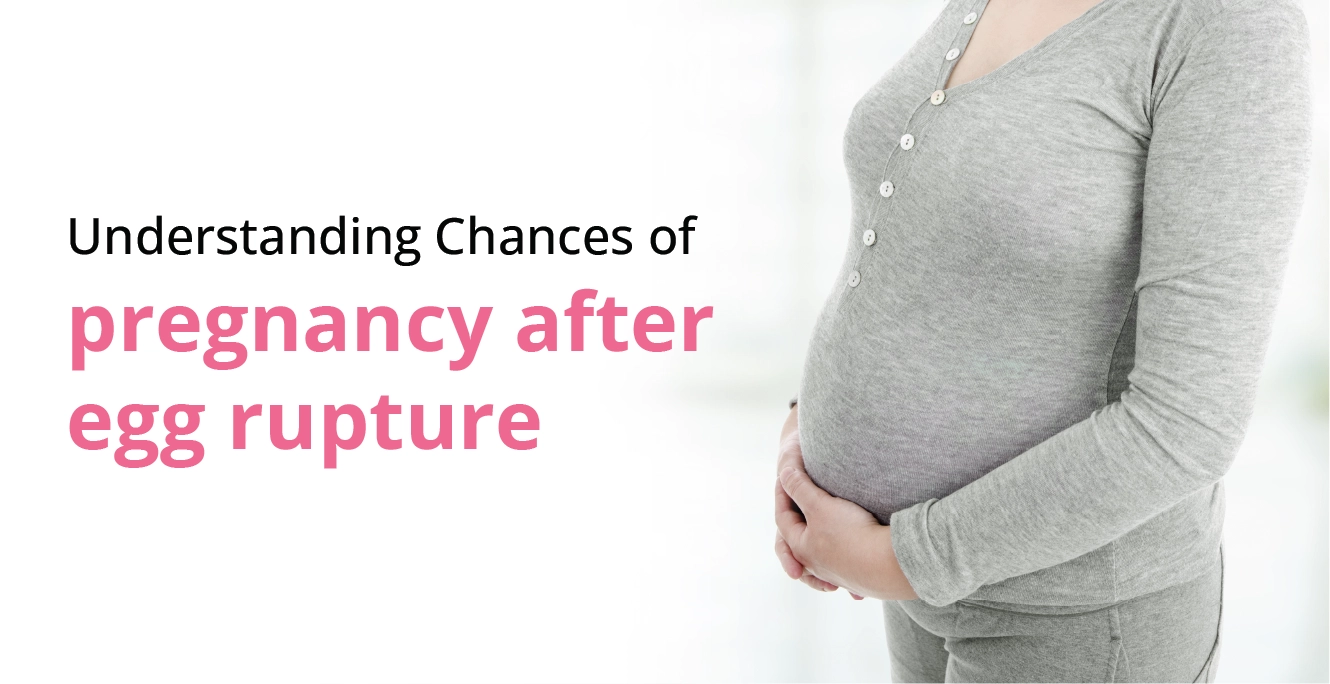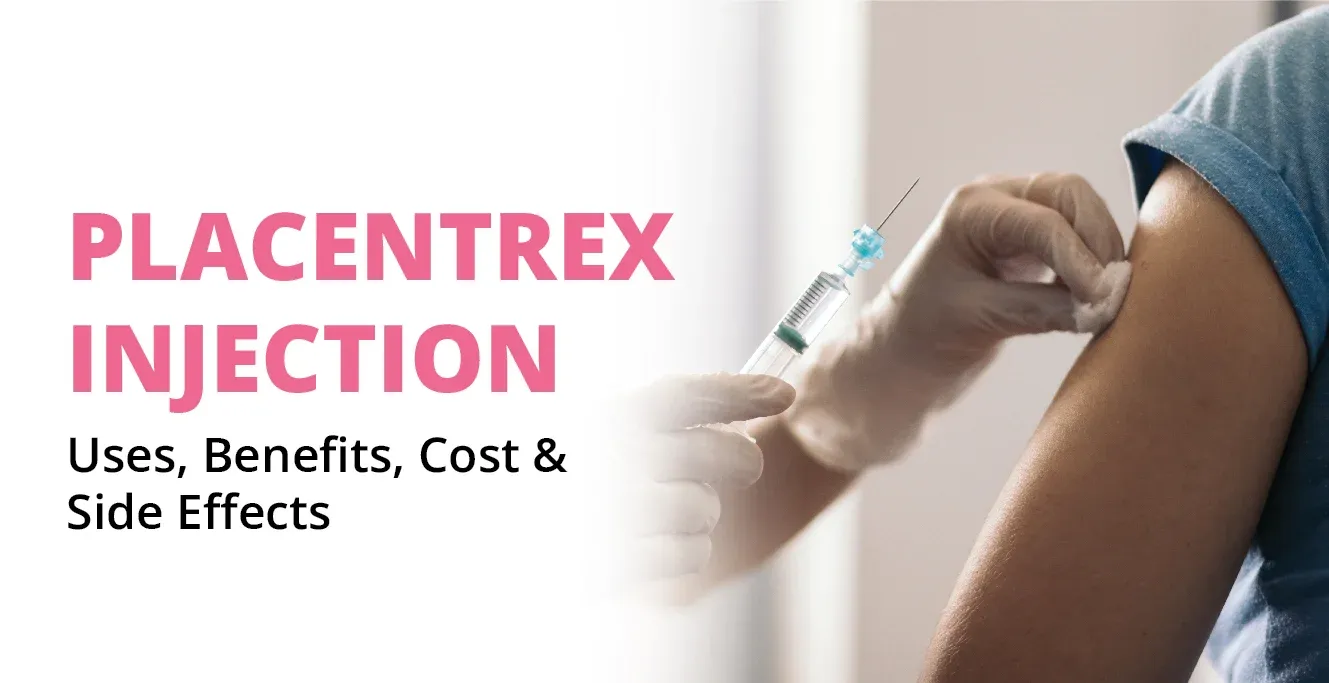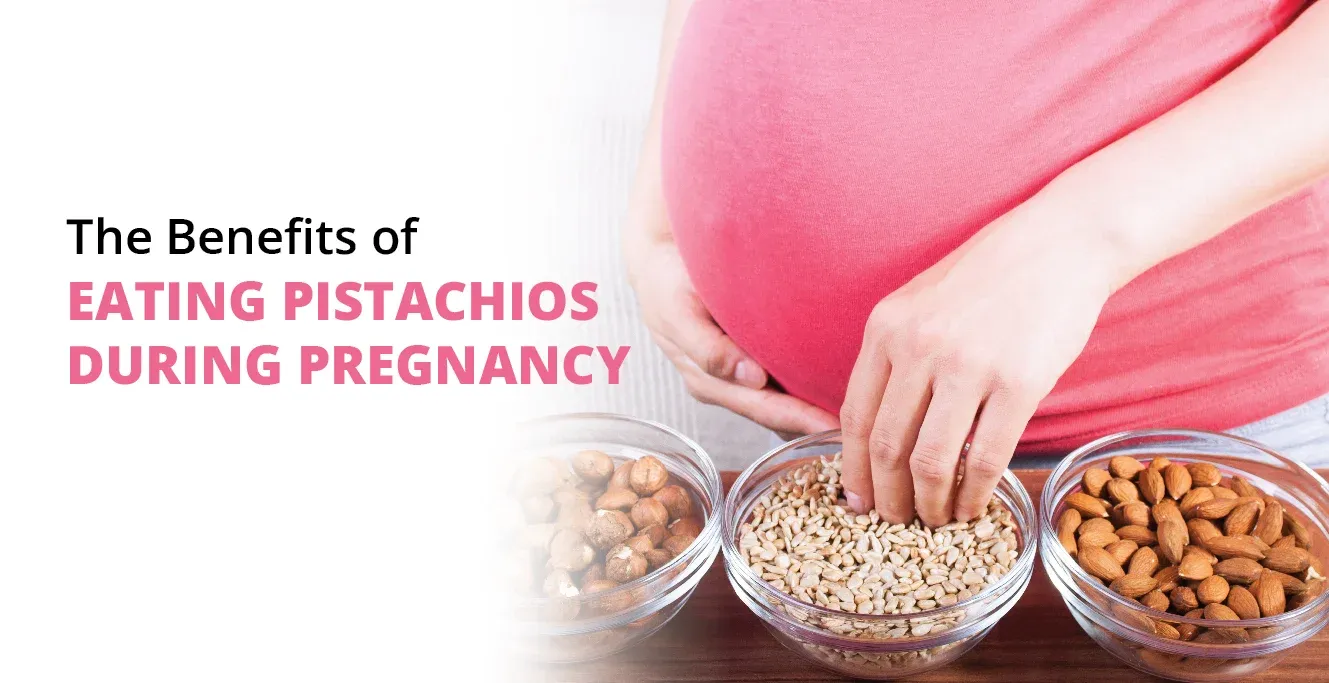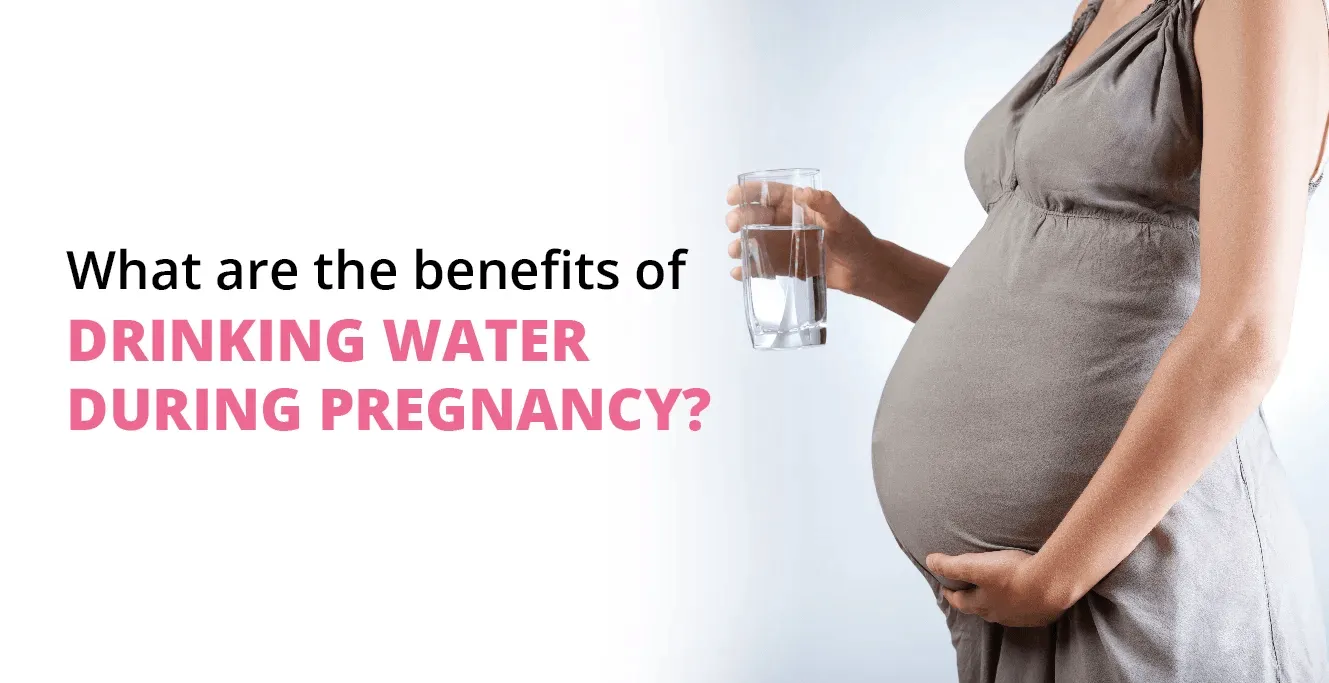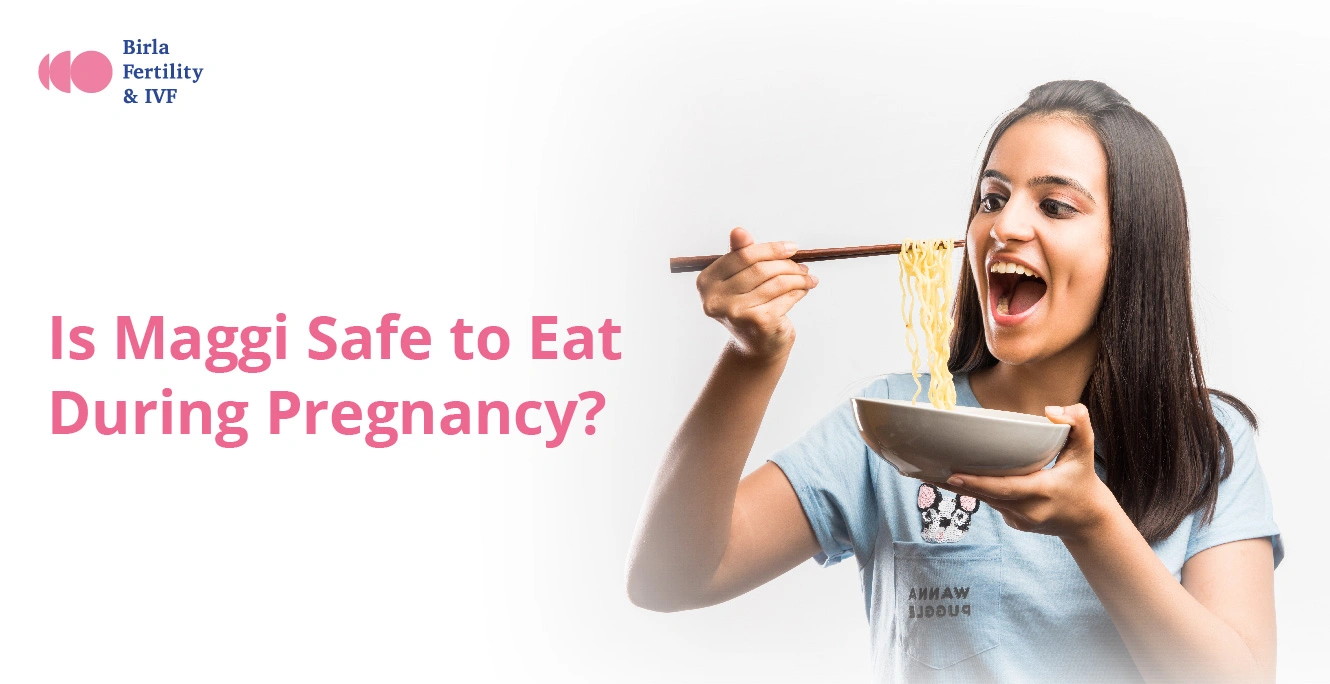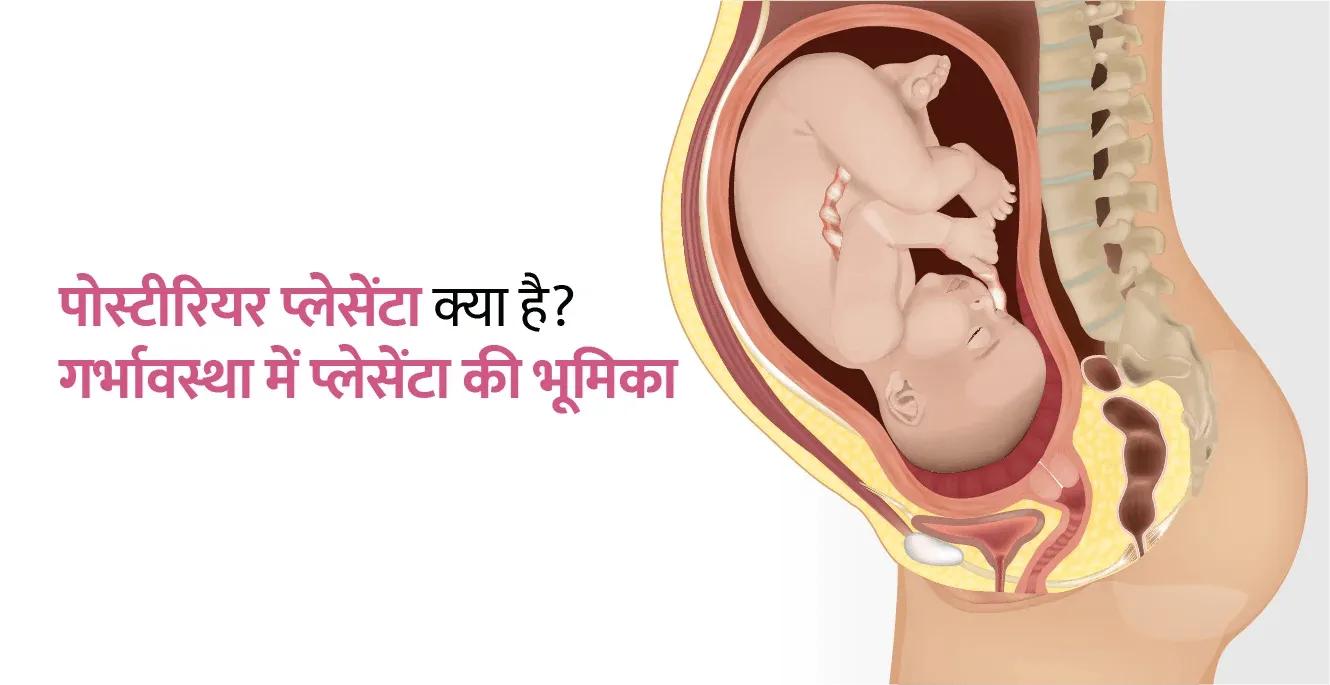Key Takeaways
-
The ideal ovarian follicle size for conception is 18–25 mm, with the dominant follicle typically reaching 18–26 mm before ovulation.
-
Follicle size and number are crucial fertility indicators, declining with age.
-
Regular ultrasounds monitor follicle growth, aiding in fertility treatment management.
-
Factors like age, hormonal imbalances, and lifestyle choices affect follicle size and quality. Maintaining a healthy lifestyle can improve follicle size and enhance fertility.
When you’re trying to get pregnant, one key aspect of reproductive health matters: the size of your ovarian follicles. But what exactly are follicles, and how do they impact your fertility? So, let’s dive into the connection between follicle size and pregnancy, discussing what’s considered normal, how follicle size is assessed, and what you can do to support your ovarian health.
What are Ovarian Follicles?
Ovarian follicles are small, fluid-filled sacs found in the ovaries that contain immature eggs. Each follicle houses an oocyte (immature egg) surrounded by granulosa cells, which support the egg’s development. These follicles play a crucial role in the menstrual cycle and fertility, as they mature and release eggs during ovulation.
Throughout a woman’s reproductive years, the ovaries contain a large number of follicles in various stages of development. However, only a small fraction of these follicles will mature and release an egg during each menstrual cycle.
Did you know?
Even before a woman is born, her ovaries already contain millions of microscopic follicles, each holding an immature egg. However, only a tiny fraction of these follicles ever matures. By puberty, the number dwindles to about 300,000, and over the course of a woman’s reproductive years, fewer than 500 follicles will ever grow large enough (18–26 mm) to ovulate. Most follicles actually undergo a process called atresia, where they shrink and die off before ever reaching maturity, showing how selective and complex the ovulation process really is.
Stages of Ovarian Follicle Growth
The development of ovarian follicles, known as folliculogenesis, occurs in several distinct stages:
-
Primordial follicles: These are the earliest stage of follicles, formed during fetal development. They remain dormant until recruited for growth.
-
Primary follicles: When a primordial follicle is activated, it grows into a primary follicle. This stage involves the enlargement of the oocyte and the formation of a single layer of granulosa cells.
-
Secondary follicles: As the primary follicle continues to grow, it becomes a secondary follicle. This stage is characterised by the formation of multiple layers of granulosa cells and the development of a fluid-filled cavity called the antrum.
-
Tertiary (antral) follicles: Tertiary follicles, also known as antral follicles, are characterised by the presence of a larger antrum. These follicles are typically 2–9 mm in diameter and can be visualised on an ultrasound.
-
Dominant follicle: During each menstrual cycle, several tertiary follicles begin to grow, but usually only one becomes dominant. This dominant follicle continues to mature, reaching a size of 18–26 mm before ovulation occurs.
-
Graafian follicle: Right before ovulation, you’ve got what’s called a Graafian follicle. This is when the follicle is as big as it’s going to get. It’s all set to release the mature egg when it gets the signal from hormones like LH or hCG.
-
Ovulation: When the Graafian follicle bursts open, the mature egg comes out and travels down the fallopian tube. This usually happens when the follicle is about 18-22 mm in size.
Role of Follicles in Fertility
Ovarian follicles play a vital role in fertility, as they contain the eggs that can potentially be fertilised and lead to pregnancy. The size and number of follicles are important indicators of a woman’s reproductive potential. Here’s what you need to know:
-
Follicle count: The number of antral follicles in your ovaries, known as your antral follicle count, can give insight into your ovarian reserve. A normal antral follicle count is typically between 6 and 10 follicles per ovary.
-
Egg quality: The quality of the eggs within the follicles is also crucial for conception. Egg quality tends to decline with age, particularly after 35.
Why are Follicles Important for Pregnancy?
Follicles matter when it comes to pregnancy. Here’s why:
-
Egg quality: Bigger follicles usually mean better eggs. The size often shows how mature and healthy the egg is. And healthier eggs have a better shot at being fertilised and turning into a baby.
-
Getting the timing right: By measuring your follicles, doctors can figure out the best time for ovulation and insemination. This way, they can make sure the egg is released when it’s most likely to get fertilised.
How to Increase Follicle Size Naturally to Get Pregnant
Natural Ways to Boost Follicle Growth
While there is no guaranteed way to increase follicle size, maintaining a healthy lifestyle can support overall reproductive health and potentially improve follicle development. Some natural methods include:
-
Eating a nutrient-rich diet with plenty of antioxidants, healthy fats and protein
-
Managing stress through relaxation techniques like meditation or yoga
-
Staying hydrated and avoiding excessive alcohol and caffeine intake
-
Incorporating moderate exercise into your routine to improve blood flow to the reproductive organs
Medical Interventions for Follicle Growth
In some cases, particularly for women undergoing fertility treatments like in vitro fertilisation (IVF) or intrauterine insemination (IUI), medications may be used to stimulate follicle growth. These medications, such as follicle-stimulating hormone (FSH) and luteinising hormone (LH), are administered under the guidance of a fertility specialist to promote the development of multiple follicles.
It is important to note that while medications can help increase follicle size, the response to these medications varies from person to person. Your fertility doctor will closely monitor your follicle growth through ultrasound scans and adjust the dosage as needed.
Follicle Size and Ovulation: A Day-by-Day Guide
During a typical menstrual cycle, follicle growth and ovulation follow a predictable pattern. Here’s a general timeline of follicle size leading up to ovulation:
- Day 7: The follicle size on day 7 is usually around 5-6 mm. They’re just starting to grow.
- Day 9: The follicle size on day 9 is about 8-10 mm.
- Day 10: 10th day follicle size is about 10-12 mm, as they keep maturing.
- Day 11: 11th day follicle size is around 12–14 mm, getting closer to being ready.
- Day 12: Follicle size on day 12 typically reaches 14-16 mm, almost ready for ovulation.
- Day 14: This is just before the egg is released. The follicle size on day 14 is usually between 18 and 26 mm. This is the perfect size for fertilisation.
Keep in mind that this is a simplified overview, and individual variations are common. Some women may ovulate earlier or later in their cycle, and follicle growth rates can differ from person to person.
Follicle Size Facts and Figures
What’s Normal for the right ovary?
The right ovary normal size in mm should be about 18-22 mm for the best chances of getting pregnant.
What about the left ovary?
The left ovary normal size in mm is pretty much the same as the right, which is around 18-22 mm.
Follicle Size for Ovulation
For natural conception or IUI, the ideal follicle size is generally between 18 and 24 mm. This indicates that the egg within the follicle is mature and ready for fertilization. In IVF, follicles are typically triggered for egg retrieval when they reach 18–20 mm.
Follicle Size for Pregnancy
The ideal follicle size for a successful pregnancy is all about the egg being mature and good quality. For a mature, high-quality egg, you want those follicles to be about 18-22 mm.
Is there a minimum egg size to get pregnant?
The size of the eggs, specifically the follicles in which they develop, is crucial for successful conception. There’s no hard and fast rule, but if your follicles are smaller than 18 mm, the egg might not be fully mature. That can make it harder to fertilise.
IVF follicle size
The follicle size for IVF is a little different. Having more follicles between 13 and 18 mm when you get the hormone shot can boost your success rates.
IUI follicle size
The follicle size for IUI should be about 18-22 mm. That size means the egg is mature and ready to be fertilized, giving you the best odds for a healthy pregnancy.
PCOS and follicle size
If you have PCOS, your follicle size can be a bit wonky. But the goal is still to get follicles in that 18-22 mm sweet spot. Meds like letrozole can help get your follicles growing the way they should.
Growing follicles with letrozole
Letrozole is a common med used to help you ovulate. For IUI, the ideal size for the biggest follicle on trigger day is between 19.1 and 21.0 mm. That range gives you the best chance of getting pregnant and having a healthy babyOvarian follicle size for pregnancy.
Is there a follicle size for conceiving twins?
There’s no magic follicle size that guarantees twins. But if you’ve got multiple follicles hitting that 18-22 mm mark, especially with fertility meds, your chances of multiples go up.
|
Follicle size |
Fertility potential |
|---|---|
|
<18 mm |
Egg likely not mature enough for fertilisation |
|
18–24 mm |
Optimal size for natural conception or IUI |
|
18–20 mm |
Ideal size for egg retrieval in IVF |
|
>24 mm |
Egg may be post-mature, reducing fertility potential |
Monitoring Follicle Size During Fertility Treatment
In IVF and IUI cycles, follicle size is closely monitored through transvaginal ultrasound scans. Here’s what you can expect:
-
Follicle size tracking: Starting around day 8 of your cycle, your doctor will measure the size of your developing follicles every 1–3 days.
-
Triggering ovulation: Once the lead follicle(s) reach the desired size (18–20 mm for IVF, 18–24 mm for IUI), you’ll receive a “trigger shot” of hCG to induce ovulation.
-
Egg retrieval or insemination: In IVF, egg retrieval is scheduled 35–36 hours after the trigger shot. For IUI, insemination occurs around 24–36 hours post-trigger.
Factors Affecting Follicle Growth
Several factors can influence the growth and development of ovarian follicles:
Age:
As women age, the quantity and quality of their follicles naturally decline. This is why fertility tends to decrease with age, particularly after the mid-30s.
|
Age |
Follicles with viable eggs |
|---|---|
| <35 | 75–80% |
| 35–37 | 50% |
| 38–40 | 30% |
| >40 | 10% |
Nutritional Deficiency:
If you’re not getting the right nutrients in your diet, it can slow down follicle growth. Make sure you’re eating plenty of vitamins, minerals, and protein for healthy follicles.
Hormonal Imbalances:
Conditions like polycystic ovary syndrome (PCOS) can disrupt the normal hormonal balance, leading to the development of many small follicles that fail to mature properly.
Lifestyle and Environment:
- What you eat: Eating lots of fruits, veggies, whole grains, and lean protein is good for follicle growth.
- Getting your sweat on: Regular exercise gets your blood pumping, which is great for your reproductive bits.
- Keeping stress in check: Too much stress can throw off your hormones and follicle growth. Try things like meditation, yoga, or hobbies to keep calm[2].
- Toxins in your environment: Some toxins can mess with your hormones and follicle growth, so watch out for those.
Medical and Genetic Factors:
- FSH levels: High FSH can be a sign that your ovaries aren’t working as well as they used to.
- Endometriosis: This condition can make it harder for follicles to grow and ovulate.
- PCOS: PCOS often causes irregular ovulation and follicle growth
Medicines and treatments:
-
Some medications, such as chemotherapy drugs for cancer or long-term use of high-dose NSAIDs, may interfere with follicle development.
-
Meds like letrozole and gonadotropins can help follicles grow. Getting the timing and dose right is key to getting the perfect follicle size
Word From an Expert
When it comes to conception, the size of your ovarian follicles is just one piece of the puzzle. While follicle size is important for successful ovulation and fertilisation, it’s not the only factor at play. Your overall reproductive health, including your hormone levels, uterine lining, and sperm quality (in the case of male partners), all contribute to your chances of achieving pregnancy. ~ Dr. Prachi Benara


